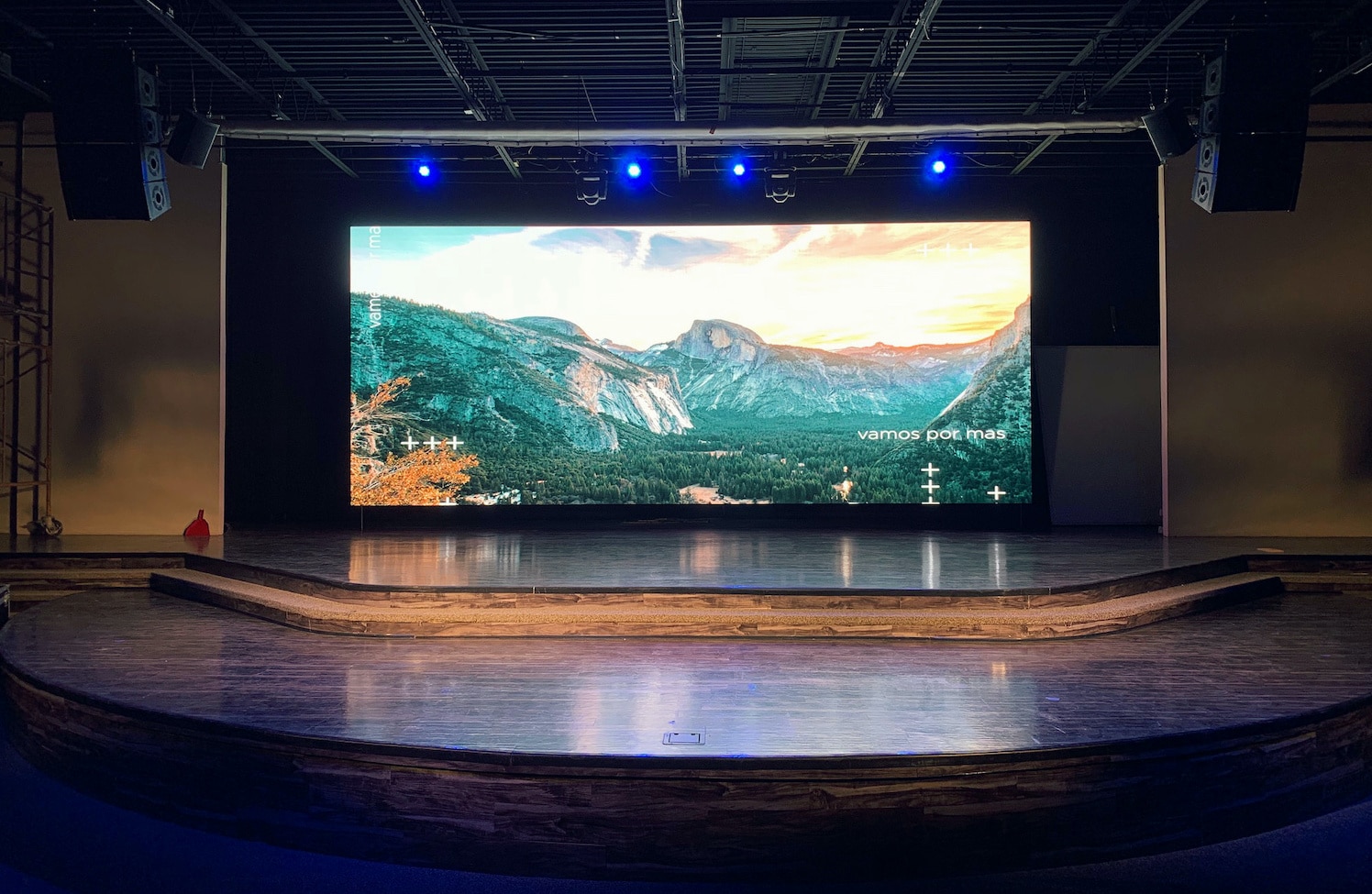A Thorough Analysis of Various Light Emitting Diode Video Screen Techniques and Their Uses
A Thorough Analysis of Various Light Emitting Diode Video Screen Techniques and Their Uses
Blog Article
LED video walls are more popular in different settings, including music events, sports events, as well as corporate meetings. These large large displays are made up of numerous individual LED panels which work together to form a cohesive cohesive image. There are different kinds of LED display screen solutions available, every having its unique features as well as advantages. Grasping these technologies options can help businesses as well as entities choose the right solution for their specific needs.
A common type of Light Emitting Diode display wall technology is the directly viewed Light Emitting Diode. This solution utilizes separate LED modules which are arranged near in proximity to form a big display. Direct view LED screens are recognized for their high brightness and lively colors, making them perfect for external activities or brightly lit settings. These displays also have a broad viewing angle, which indicating that viewers can see the screen distinctly at different positions. This renders directly viewed LED walls a favored option for sports arenas and outdoor festivals.
Another kind of Light Emitting Diode display screen technology is the LED-backlit LCD. Such solution combines traditional LCD displays and Light Emitting Diode backlighting to enhance brightness and hue precision. LED illuminated Liquid Crystal Displays are commonly used in indoor settings, such as shopping centers as well as meeting spaces. These displays provide excellent image quality while are generally more cost-effective than direct view Light Emitting Diode screens. However, they may often perform as well in well-lit environments, as the backlighting can occasionally dull the hues.
Another thirdly choice is the Organic Light Emitting Diode video wall. OLED technology offers superior Resources contrast as well as hue richness in relation to alternative kinds of screens. Every dot in an Organic Light Emitting Diode display produces its individual luminescence, allowing for true dark tones as well as lively hues. Such renders Organic Light Emitting Diode display screens especially attractive for applications which demand high-quality visuals, such as art exhibitions or luxury shopping outlets. Nonetheless, Organic Light Emitting Diode solution can be costlier costly while may often be as luminous as directly viewed Light Emitting Diode screens, rendering it less appropriate for outdoor use.
In addition to the aforementioned options, various additionally multiple uses for Light Emitting Diode video walls. These displays can be utilized for advertising, entertainment, as well as data display. For example, companies commonly use Light Emitting Diode display screens for electronic advertising to attract customers as well as promote products. In entertainment, these displays enhance the visual experience at music events and gatherings, providing dynamic backdrops and engaging visuals. In corporate settings, LED display screens can be used for presentations, visual conferencing, and educational programs, helping to communicate data through a aesthetically appealing manner.
In conclusion, LED display walls come in different types, each having its own benefits as well as applications. Directly viewed Light Emitting Diode screens are ideal for external use, whereas LED illuminated Liquid Crystal Displays are more appropriate for interior environments. Organic Light Emitting Diode video walls offer superior image quality yet may come at a greater cost. Understanding the differences variations can help organizations to make informed decisions about the best kind of Light Emitting Diode display screen best meets their requirements, whether for advertising, amusement, or business applications.